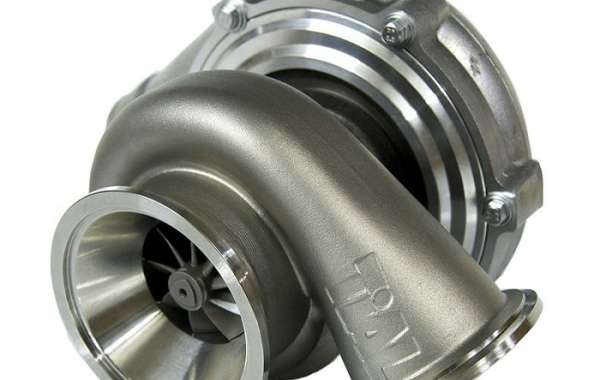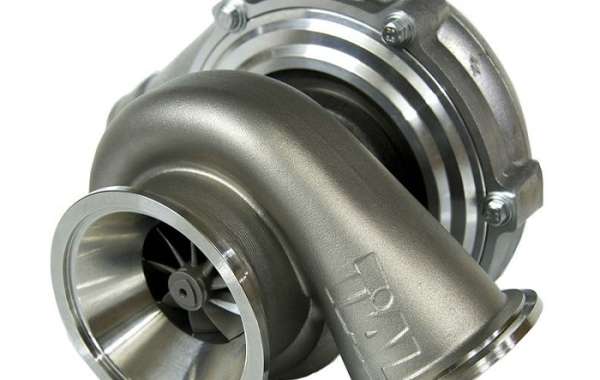Steel sheds offer several environmental benefits, making them a sustainable choice for various applications. Here's a breakdown of how steel sheds contribute to environmental friendliness:
#Recyclability
Steel is one of the most recycled materials globally, with a high recycling rate. Choosing steel sheds nz means opting for a material that can be repurposed at the end of its lifespan, reducing the demand for virgin steel production. Recycling steel requires less energy and resources compared to producing it from raw materials, leading to significant energy savings and a reduction in greenhouse gas emissions.
#Durability and Longevity
Steel is renowned for its strength and durability, outlasting many other building materials. Unlike wood, which may require frequent replacement due to decay, rot, or pest infestation, steel sheds have a longer lifespan, reducing the need for continuous replacements. This longevity minimizes the environmental impact associated with manufacturing, transporting, and disposing of building materials, ultimately conserving resources and reducing waste.
#Low Maintenance Requirements
Steel sheds typically require minimal maintenance compared to sheds made from other materials. Unlike wood, steel is resistant to rot, decay, pests, and fire, eliminating the need for treatments such as painting, sealing, or chemical preservatives. This not only reduces ongoing maintenance costs for owners but also minimizes the environmental impact associated with the production and disposal of maintenance-related chemicals.
#Energy Efficiency
Steel sheds can be designed to maximize energy efficiency through insulation, natural lighting, and ventilation solutions. Proper insulation helps regulate interior temperatures, reducing the need for heating and cooling systems and lowering energy consumption. Additionally, incorporating windows, skylights, or translucent panels into the shed's design allows natural light to penetrate, reducing the reliance on artificial lighting during daylight hours. Efficient ventilation systems further enhance airflow, improving indoor air quality and reducing the need for mechanical ventilation, which consumes energy.
#Modularity and Adaptability
The modular nature of steel sheds allows for easy assembly, disassembly, and reconfiguration. This modularity facilitates efficient transportation and installation, reducing energy consumption and carbon emissions associated with construction activities. Additionally, steel sheds can be expanded or repurposed as needed, accommodating changing requirements without the need for demolition or extensive renovations. By promoting adaptability and longevity, steel sheds contribute to resource conservation and waste reduction over their lifecycle.
#Reduced Environmental Footprint during Construction
Prefabricated steel sheds are manufactured off-site in controlled factory environments, minimizing waste, emissions, and energy consumption compared to on-site construction. The precision engineering of prefabricated components reduces material waste, while efficient manufacturing processes optimize resource utilization. Additionally, prefabrication allows for quicker installation times, minimizing disruption to surrounding ecosystems and reducing the environmental footprint associated with construction activities.








